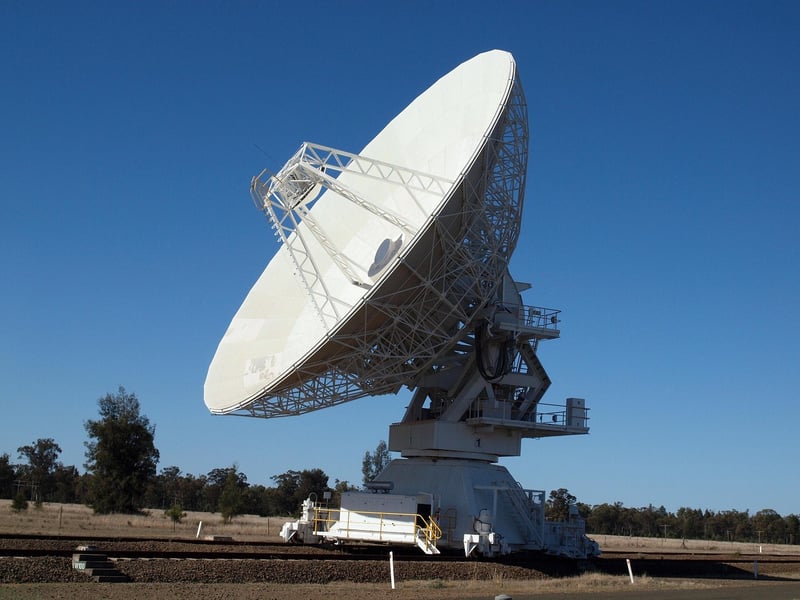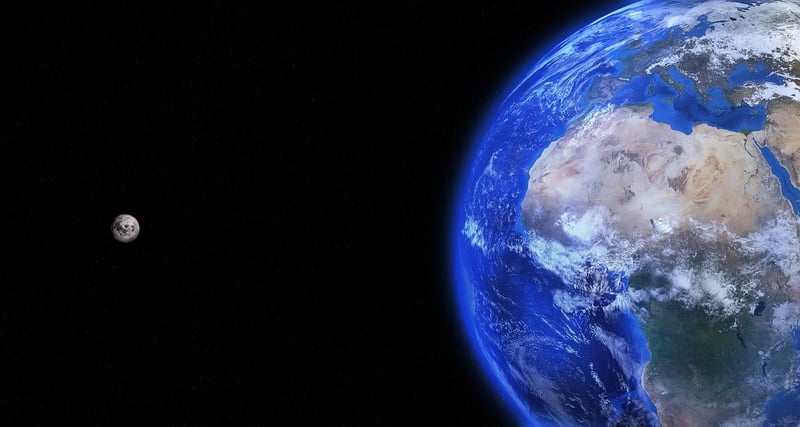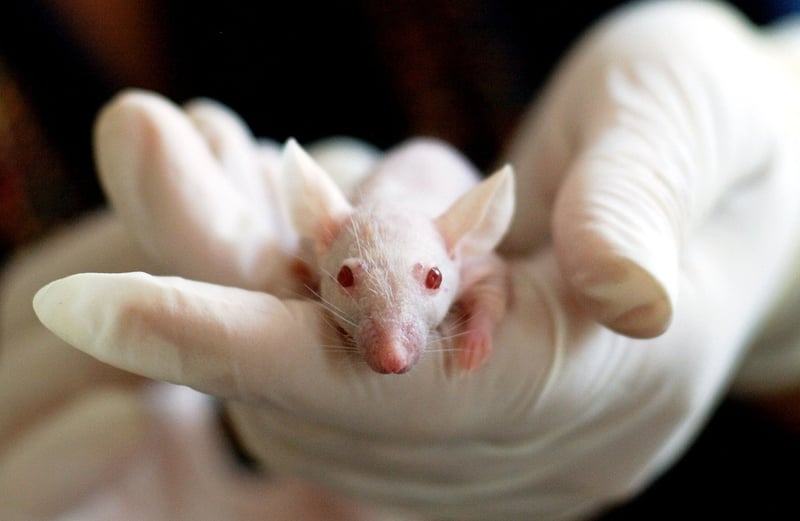Astrobiology Research
The Fascinating World of Distant Star Systems and Astrobiology Research

Exploring distant star systems and conducting astrobiology research are two captivating fields that have captured the curiosity of scientists and enthusiasts alike. Let's delve into the exciting realms of outer space and the search for extraterrestrial life.
Studying Distant Star Systems
Observing distant star systems provides valuable insights into the formation, evolution, and composition of galaxies. Scientists use advanced telescopes and observatories to study these celestial bodies, unraveling the mysteries of the universe.
Key Discoveries:
- Identification of exoplanets orbiting distant stars.
- Investigation of black holes, neutron stars, and other cosmic phenomena.
- Mapping the structure and dynamics of galaxies.
Astrobiology Research
Astrobiology is a multidisciplinary field that explores the potential for life beyond Earth. Researchers study extreme environments on Earth to understand the conditions that could support life on other planets and moons within our solar system and beyond.
Areas of Focus:
- Searching for microbial life in extreme environments like deep-sea hydrothermal vents.
- Exploring the possibilities of life on Mars, Europa, Enceladus, and other celestial bodies.
- Investigating the potential for habitable exoplanets in distant star systems.
Future Prospects
The combination of studying distant star systems and conducting astrobiology research opens up exciting possibilities for humanity. From understanding the origins of the universe to discovering new forms of life, these endeavors push the boundaries of scientific knowledge and ignite our imagination.
Join us on this incredible journey as we unravel the mysteries of the cosmos and explore the potential for life beyond our planet.

Image sources: Pixabay.com
